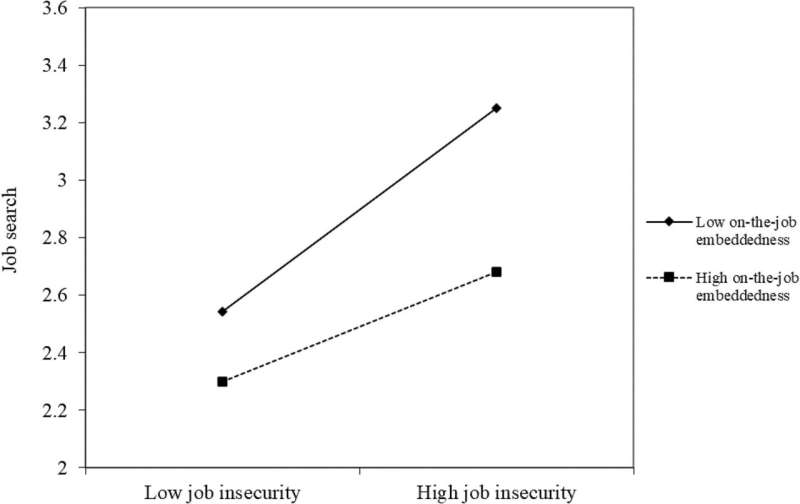Amidst the unprecedented Great Resignation, researchers delved into the factors influencing an employee’s decision to stay or leave their job during times of high job insecurity. The study, published in the Journal of Organizational Behavior, sheds light on the role of job embeddedness – the web of connections, fit, and sacrifices that bind employees to their organizations and communities. This blog post explores the key insights from this important research and their implications for business leaders and employees alike.

Job Embeddedness The Anchor in Turbulent Times
This is the question asked by researchers from Hiroshima University, Texas Christian University, and the University of Warwick in the first study which looks for an explanation on ‘How job embeddedness- factors withheld employee to stick to their jobs can reduce voluntary turnover in high job insecurity phases. Based on COR theory, the current study proposed that job insecurity would be positively associated with voluntary job turnover and that employees who perceive high levels of on-the-job embeddedness would be less likely to engage in alternative job search.
For the Level 1 moderator, the first investigation examined how individuals ‘on-the-job embeddedness’ (ie., that is: links, fit and sacrifices related to leaving) buffered this relationship between job insecurity and on-line job search behavior. We show that job search mediates the positive relationship between job insecurity and voluntary turnover, and employees with higher on-the-job embeddedness are less likely to engage in job search given job insecurity.
Combined On the Job and Off the Job Embeddedness
The second study extended their analysis to include both on-the-job and off-the-job embeddedness as well, defined in terms of the bonds, fit, and sacrifices compatible with leaving one’s community. The results indicate that turnover intention mediates the direct effects of job insecurity on voluntary exit and those higher in on-the-job embeddedness will be less likely to consider quitting when experiencing high job insecurity.
Nevertheless, off-the-job embeddedness verified the compensatory effect, strengthening the influence of job insecurity on turnover intention. This indicates that it is more likely for those who have community-based resources like social support or information-related contributions to exit in response to job uncertainty by seeking other options.
Business Impact and Employees
The implications of the study are significant for both businesses as well as employees. Business leaders should view the findings as a warning that it is critical to increase on-the-job embeddedness among their workforce, which will reduce the effect of job insecurity on voluntary turnover. It may mean giving people a sense of tribe, increasing the identification between employees and organization, decreasing perceived costs inherent to leaving the company.
However, the researchers also warn that off-the-job embeddedness might lead employees to search for another employer during job insecurity. It illustrates why we require a complete view of employee engagement — the reasons which drive employees to stay in their job and remain within our business, those that exist while they are employed at work, as well as those happening outside during their off-duty life.
According to the study, narrative indicates job embeddedness as a buffer from the temptation to quit during periods of job uncertainty for employees. Employees can honor the connections, fit, and sacrifices they have invested in the organization, maybe making it easier to survive uncertainty and stay loyal within their current roles.
